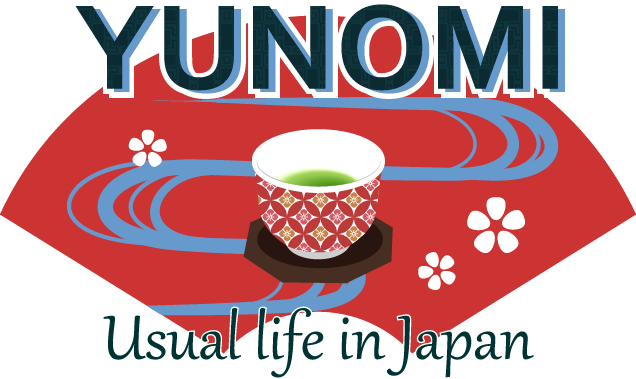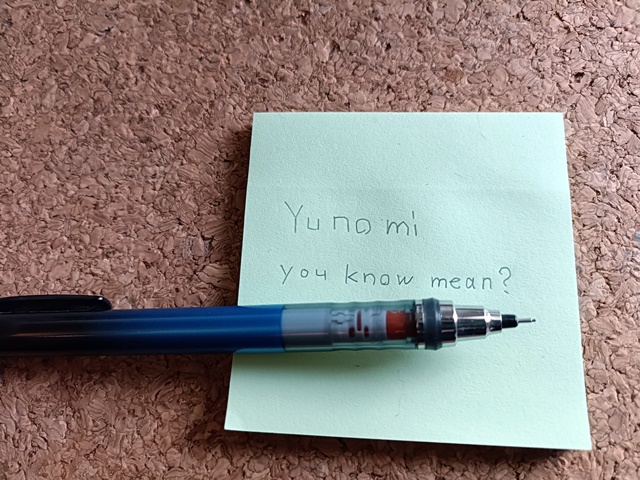Few everyday items reflect Japan’s love of precision and minimalism better than the so-called “sharp pencil” — what English speakers know as the mechanical pencil. In Japan, these aren’t just tools for writing; they’re a blend of engineering, practicality, and quiet beauty.
What Is a “Sharp Pencil”?

In Japanese, a mechanical pencil is called shaap penshiru (シャープペンシル) — often shortened to “sharp.” While many countries rely on ballpoint pens for schoolwork, Japanese students overwhelmingly prefer mechanical pencils.
Why? Because graphite can be erased cleanly with a plastic eraser, keeping notebooks neat and legible. For most students, a sharp pencil is an everyday essential.
Inside the Design: How It Works
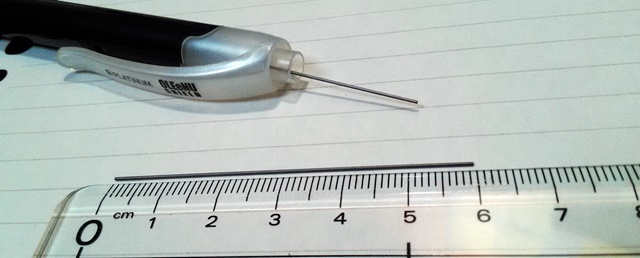
A mechanical pencil has a pen-like body with a hollow core that stores thin graphite leads. Press the top button (or twist the barrel) and the lead advances from the tip.
Each refill lead is about 6 cm long; when it’s used up, you simply insert another.
There’s no sharpening, no wood shavings — just a steady point whenever you need it.
Lead diameters vary (commonly 0.3 mm, 0.5 mm, 0.7 mm), as do hardness grades (from 2H to B), so writers and artists can fine-tune their lines for notes, sketches, or technical drafting.
Kuru Toga: The Pencil That “Sharpens” Itself
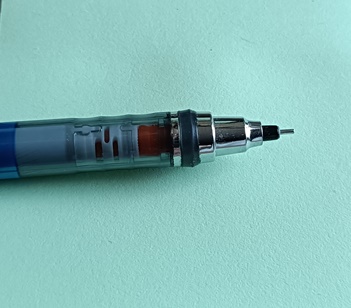
One beloved Japanese innovation is Kuru Toga by Uni (Mitsubishi Pencil). Each time the lead touches paper, a small internal cam rotates the lead slightly.
The result: the tip stays uniformly sharp instead of wearing flat on one side. It’s a tiny act of kaizen — continuous improvement — that turns everyday writing into a smoother experience.
Built-In Erasers and Multi-Function Designs

Many mechanical pencils hide a mini eraser under the top cap for quick corrections. Others combine a ballpoint pen and a mechanical pencil in one body, ideal for students and professionals who want to travel light.
What about erasable ballpoint pens?
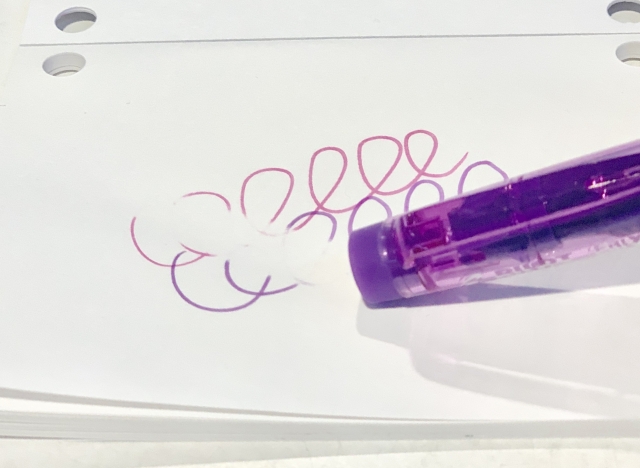
Frixion
Japan also popularized erasable ballpoint pens (e.g., the Frixion series).
They write smoothly and erase with heat-friction — handy for tidy notes. But there’s a catch: heat can make the ink disappear (for example, inside a hot car or near a heater).
Conversely, in winter, if a notebook is left in an unheated room, erased text can reappear, overlapping with new writing.
Because of this instability, many students and professionals still trust mechanical pencils for drafts, exams, and records that must remain readable.
The Japanese Way of Everyday Design
To some, caring this much about a pencil might seem excessive. In Japan, it’s natural. Even simple objects are refined over decades to be a little better, steadier, and more satisfying to use.
Pick up a sharp pencil and you’ll feel it — the balance in the hand, the clean line on paper, the soft click that says “ready.” Perfection, hidden in plain sight.
